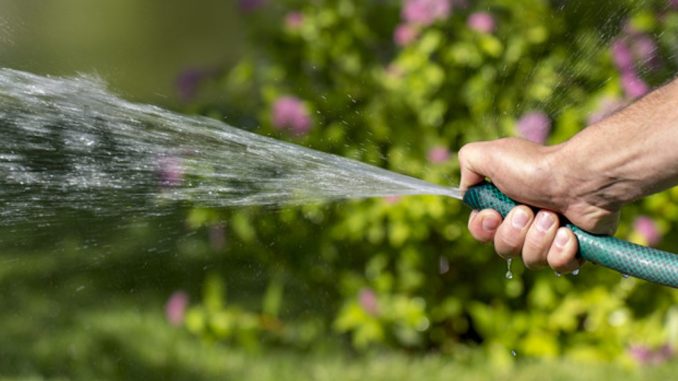
A good hosepipe is one of those things that you really do not want to have to replace, meaning that when it springs a leak many people will instead try and find a repair method.
This is understandable. For one thing, getting rid of a garden hose can be a nightmare. They are made of pretty strong plastic, meaning that they cannot be recycled.
With plastic pollution such a hot topic, most of us would be loath to send a damaged hosepipe into landfill. If you are the creative type, you might be able to find a cool way to upcycle your hose; otherwise, you are stuck between a garden rock and a hard place.
Call me strange, but it is easy to develop an attachment to a good hosepipe. If it works well and has helped you create a thriving garden over the course of many years, then you trust the hose to get the job done. Why then throw it away after so much service if you can instead carry out a hosepipe repair?
Whether your hosepipe has split due to being left out in freezing weather, you have inadvertently cut through it whilst mowing the lawn or accidentally reversed over it when driving, here are three quick and easy solutions to fix a leaking garden hose.
Fix a leaking garden hose with a hosepipe connector
A hosepipe connector is a small piece of equipment designed for connecting two separate hosepipes together. Throw in a little bit of DIY, and they can be used to repair a leaking garden hose suffering from a split.
There are two important considerations to make before purchasing a hosepipe connector. The first is the material. Connectors are normally made from either metal or plastic; metal is longer-lasting and more robust but plastic still provides a sturdy repair, often at half the price.
The second consideration is to ensure you buy the right sized connector for your garden hosepipe. Different connectors are available depending on the diameter of the pipe. Buy one too small and your hose will not fit into the connector, get one too large and a watertight seal may not be possible.
To fix a hosepipe with a connector, you first have to cut the hose either side of where the split or hole is. Once you have two nice clean ends, you can use the connector to join the pipe back together.
The cut hosepipe is put through one end of the connector and then pushed into the central part. This process is then repeated with the other end of the pipe, so that both sections of hose are attached to the centre of the connector.
Once the two sections of hosepipe are connected, you tighten the whole joint up to create a seal. You do not need any specialist tools to complete the repair via tightening – just some good old fashion elbow grease.
Hosepipe repair using a waterproof repair tape
If all of that sounds a little too much like hard work, then a waterproof repair tape can provide an easier alternative.
Two options exist when it comes to taping a hosepipe. If you are looking for a temporary patch repair, then a standard waterproof tape such as Gorilla Tape can do a job until a replacement hose is purchased.
For a permanent repair, then a self-amalgamating silicone repair tape like Wrap & Seal Pipe Burst Tape provides a pressure resistant seal up to 30 bar. Wrap & Seal stretches by 300 percent, fusing to itself to form a solid rubber band over the split in a hosepipe.
Unlike with a hosepipe connector, no DIY is required. Simply stretch the tape and wrap the leak area to complete the repair in less than 10 minutes.
A pipe repair kit for buried hosepipes
In some instances, the hosepipe in question may benefit from having an additional layer of protection to reinforce the initial repair made with a self-fusing waterproof repair tape.
Say for example the hose supplies a pond or water feature and is buried beneath the surface of a garden. It can then be prudent to ensure that the pipe does not suffer from any future breaches.
Applying a composite repair bandage over the top can prevent future damage impacting the pipe. When water activated, the bandage sets in minutes to provide an impact resistant, rock hard shell over the hosepipe.
The hardness of a cured composite wrap means that adding one to an above-ground hosepipe where movement is required would restrict the flexibility of the hose. For stationary garden hoses however, the additional protection will further strengthen the repair and extend the lifespan of the garden hose.

Leave a Reply